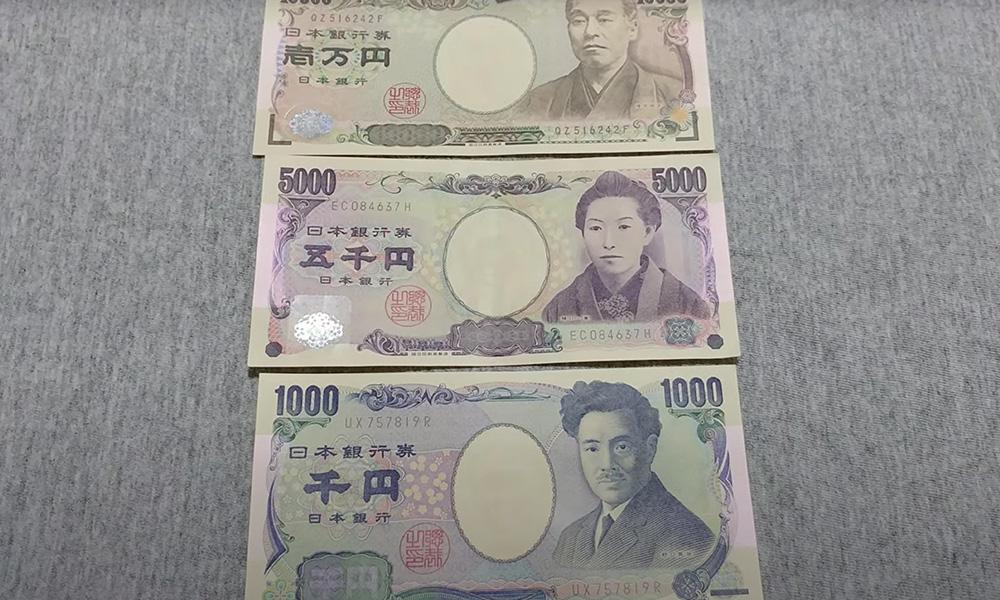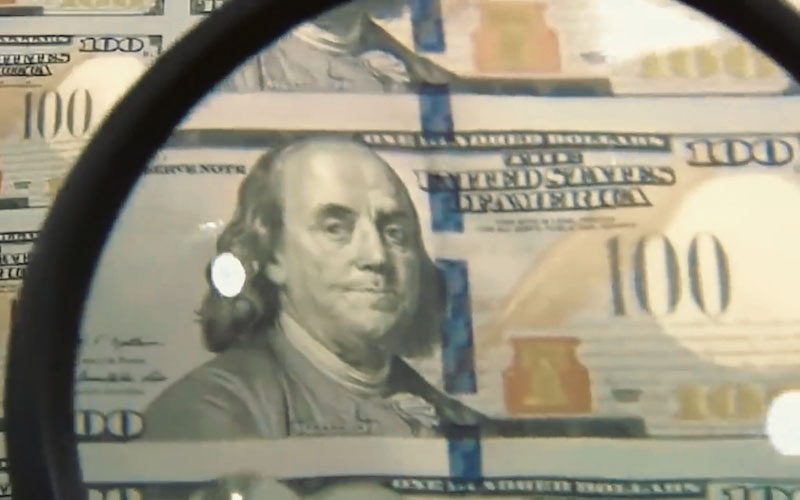Japan's first female prime minister takes power: Abe's economic successor hides hidden dangers, and the fate of the yen hangs on three variables
2025-10-21 18:29:35
At a cabinet meeting on the morning of the 21st, the Ishiba cabinet announced its resignation en masse. It had been in office for 386 days.

During her election campaign, Sanae Takaichi publicly stated, "We will actively provide fiscal support through bold public investment and create a loose financial environment."
The stance is that issuing deficit-financed government bonds is acceptable to boost the economy. Analysts believe this is consistent with the policies adopted under the previous "Abenomics" policy. "Abenomics" is the economic policy implemented by former Prime Minister Shinzo Abe since December 2012 to escape deflation. Its core is the so-called "three arrows": bold monetary and monetary policy, expansionary fiscal policy, and economic growth through structural reforms.
Japanese stocks rose in response, and the yen depreciated rapidly
The core logic behind the stock market rally is twofold: first, the significant reduction in political uncertainty following the agreement reached with the Japan Restoration Party on forming a coalition government; and second, rising market expectations for fiscal expansion, a hallmark policy of the Japanese stock market, implicitly pricing in a return to the "Abenomics" model. The exchange rate decline stems from the fact that the new prime minister's expansionary policies could lead to rising inflation and a failure to narrow the real interest rate differential between the US and Japan.
The past and present of Kaohsiung's economy
Kaohsiung sees himself as a "game changer" for his country's economy, succeeding former Prime Minister Abe, who was previously considered a "drag on the economy." His policy stance clearly leans towards the "radical fiscal faction" - he is willing to expand the deficit and issue government bonds to increase fiscal stimulus.
On the one hand, she stated that she would introduce anti-inflation measures such as gasoline tax cuts, but on the other hand, she put forward a contradictory view, saying that "it is too early to assert that deflation is over at this stage"; at the same time, she clearly opposed the Bank of Japan (BOJ)'s interest rate hike plan at the monetary policy meeting to be held at the end of this month, and insisted that "the government must bear the ultimate responsibility for both fiscal and monetary policies", completely ignoring the principle of central bank independence.
By the end of 2024, Japan's national debt had reached approximately 131.7 trillion yen, more than double its nominal GDP. Market concerns about a worsening fiscal situation have intensified sharply, fueled by expectations that Takaichi will become prime minister.
Similarly, Prime Minister Takaichi also advocates for an active fiscal policy. In particular, he has considered issuing deficit-financed government bonds as a fiscal resource to combat rising prices. Deficit-financed government bonds are bonds issued to cover a fiscal deficit caused by a government's spending exceeding its revenue.
Prime Minister Takaichi has also been negative about raising interest rates. During last year's presidential election, he even told the Bank of Japan, "I think raising interest rates now would be foolish." At a press conference on the 4th, he emphasized that "the government must be responsible for both fiscal and monetary policies," which was interpreted as an indirect criticism of the Bank of Japan's move to raise its benchmark interest rate.
In 2012, Prime Minister Takaichi also mentioned the power to dismiss the Bank of Japan's governor. At the time, former Prime Minister Abe had mentioned this power to pressure the Bank of Japan to implement large-scale quantitative easing, and Prime Minister Takaichi, then the Liberal Democratic Party's policy chief, promoted it as a key issue for discussion.
External differences between Gaoshi Economics and the Abe era
Kaohsiung's economics is seen as a replica of Abenomics, but in fact it is a policy framework that is similar in form but different in spirit. A more accurate positioning should be new Abenomics.
The core difference is that the current inflation that has lasted for more than three years has seriously weakened people's purchasing power, and (Gao's radical policies) may even become the final blow that crushes people's livelihood.
Looking back before the second Abe administration came to power, the US dollar fell to around 76 yen against the yen. At that time, companies generally called for inducing the depreciation of the yen, the media focused on the problem of yen appreciation-induced deflation, and public opinion also recognized the correction of the yen exchange rate, but the market expected a reasonable range of only around 1 US dollar to 120 yen.
As of now, Japan's nominal GDP has shrunk from $6.2 trillion to $4 trillion. The benefits of currency devaluation have only flowed to the market, businesses, and the wealthy who hold financial assets, while ordinary people are completely burdened by the dual pressures of yen devaluation and inflation.
According to statistics from Teikoku Databank, there were 488 cases of corporate bankruptcies due to inflationary pressure in the first half of 2025, setting a new record since statistics began in 2018.
The market is concerned about this series of policies, which are reminiscent of "Abenomics 2.0." First, unlike the deflationary environment during Abe's tenure as prime minister, Japan is currently experiencing moderate price increases of 2% per year.
According to estimates by the Cabinet Office, the supply-demand gap, reflecting the difference between supply and demand in the Japanese economy, was 0.3% in the second quarter, turning positive for the first time in eight quarters. If demand is boosted through proactive fiscal policy or other measures, the supply-demand gap is likely to widen further, accelerating price increases.
Furthermore, if the benchmark interest rate remains at its current level, the yen's depreciation against the US dollar is expected to continue, leading to higher import prices, including energy, which is likely to fuel further price increases.
Gaoshi team's response
Fortunately, Prime Minister Takaichi's proposed Finance Minister, former Minister of Regional Development Saki Katayama, has already expressed support for a Bank of Japan rate hike. According to the Nikkei Shimbun, Katayama, a bureaucrat from the Ministry of Finance (now the Ministry of Finance), while supporting rate hikes, has also repeatedly argued for a stronger yen.
Furthermore, LDP Vice President Taro Aso, who played a key role in Takaichi's election as prime minister, is a former finance minister and a proponent of balanced fiscal policy. Therefore, he is expected to exert some restraint on overexpansionary fiscal policy. University of Tokyo Professor Yu Uchiyama stated, "The core of President Takaichi's economic promise is economic growth," adding, "His goal is to restore the past glory favored by conservatives and to implement aggressive growth-oriented investments to strengthen comprehensive national strength."
Yen Outlook:
In the future, traders need to pay attention to the core of Japan's economy and inflation, which lies in policy games and risk balance: whether the high municipal power to promote radical fiscal expansion (relying on deficit government bonds) can be coordinated with the hawks within the Bank of Japan (such as Takada Hajime) who insist on raising interest rates to control inflation.
At the same time, the question of which will come first in Japan, inflation or wage growth, and whether imported inflation will worsen, mainly focuses on CPI, unemployment rate, and wage changes.
In the long term, we need to be vigilant about debt risks - government debt accounts for more than 230% of GDP, and principal and interest payments in fiscal 2026 account for a quarter of the budget. Expansionary fiscal policy may push up financing costs, trigger market turmoil, and suppress the yen.
In addition, whether Financial Secretary Sakiyama's interest rate hike stance and Aso Taro's balanced fiscal policy can be integrated into the market's radical tendencies, as well as the transmission effect of the Federal Reserve's policies on the US-Japan interest rate differential and the yen exchange rate, will become key variables that influence the direction of the economy.
At 18:30 Beijing time, the USD/JPY exchange rate was first reported at 151.94/95.
- Risk Warning and Disclaimer
- The market involves risk, and trading may not be suitable for all investors. This article is for reference only and does not constitute personal investment advice, nor does it take into account certain users’ specific investment objectives, financial situation, or other needs. Any investment decisions made based on this information are at your own risk.





















